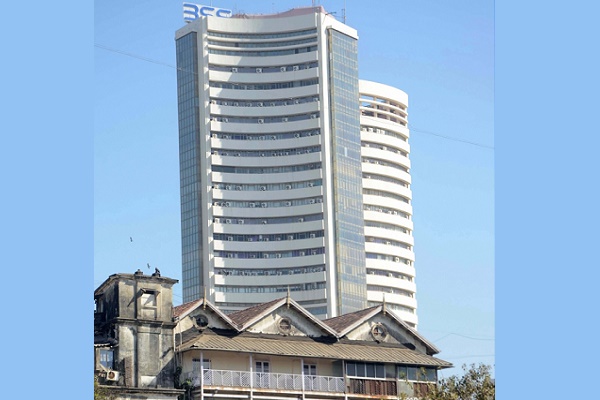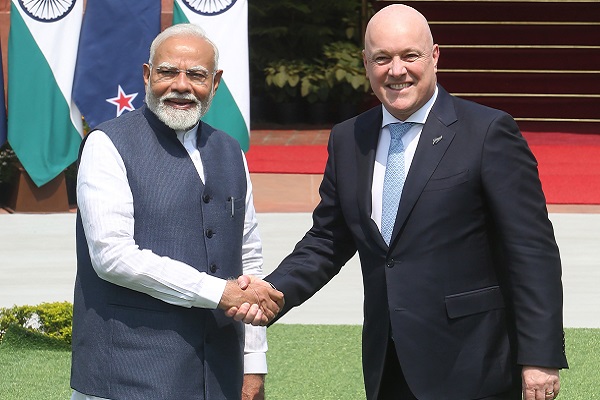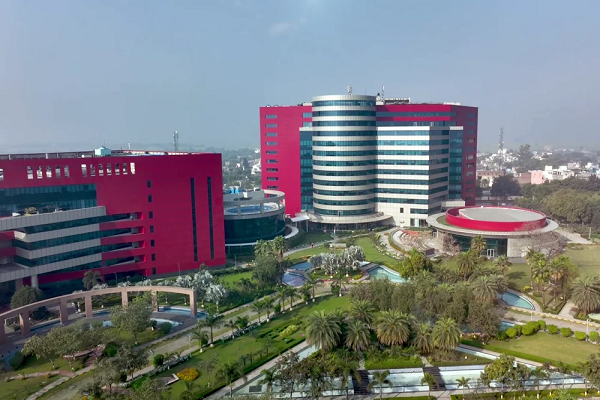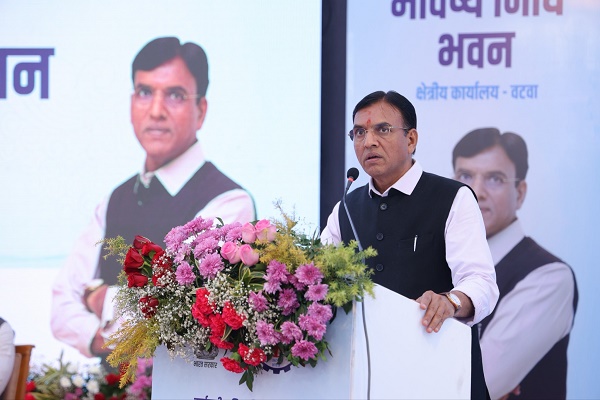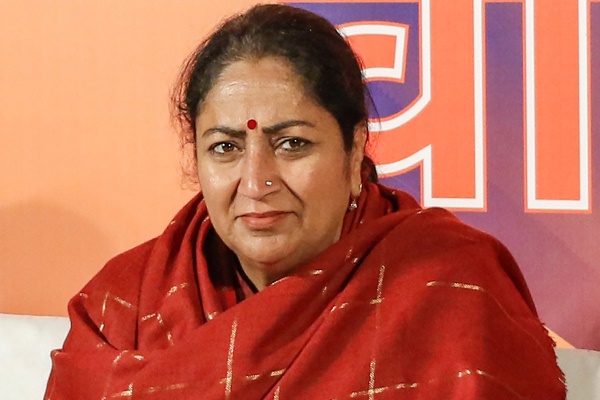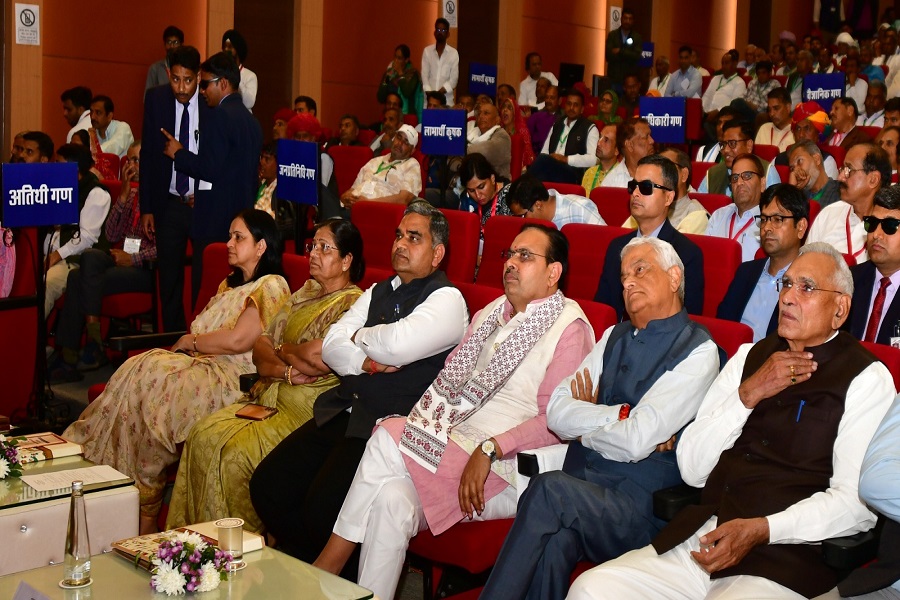India projected to account for 16 pc of global consumption by 2050

India is projected to account for 16 per cent of global consumption by 2050, up from 9 per cent in 2023, McKinsey Global Institute said in a report on 'Dependency and Depopulation: Confronting the Consequences of New Demographic Reality'.
Only North America, with a 17 per cent share in 2050, will have a higher consumption share. The estimates have been calculated on the basis of purchasing power parity which equalises the price differences between countries.
The increase is largely attributed to India's young, growing population and rising incomes.
The research highlights a major demographic shift, as fertility rates fall in first-wave regions, resulting in an ageing population.
By 2050, only 26 per cent of the global population will reside in these regions, down from 42 per cent in 1997, with the remainder in the later-wave regions.
This shift is expected to drive labour towards emerging markets, where India will play a significant role. In 2050, India's labour force will contribute two-thirds of global working hours.
In the next quarter century, later-wave countries such as India, Latin America, West Asia and Africa will account for more than half of the global consumption, due to a fast-growing young population and increasing incomes. Later-wave countries and regions are those that have seen fertility rates fall later than advanced countries.
According to the report by 2050, only 26 per cent of the world population will live in first-wave regions compared to 42 per cent in 1997. The rest will be in later-wave regions.
Research also shows that India's share of the world population, which was 23 per cent in 2023, will fall to 17 per cent in 2050.
The report states that the demographic dividend added 0.7 per cent on average to India's gross domestic product (GDP) per capita growth between 1997 and 2023. The demographic dividend is the GDP per capita rise as a result of an increase in the working population over the total population.
Bringing in more women to the workforce could make a huge difference. The research says that if India were to increase its women's labour force by 10 percentage points, it would increase GDP per capita by 4-5 per cent.
